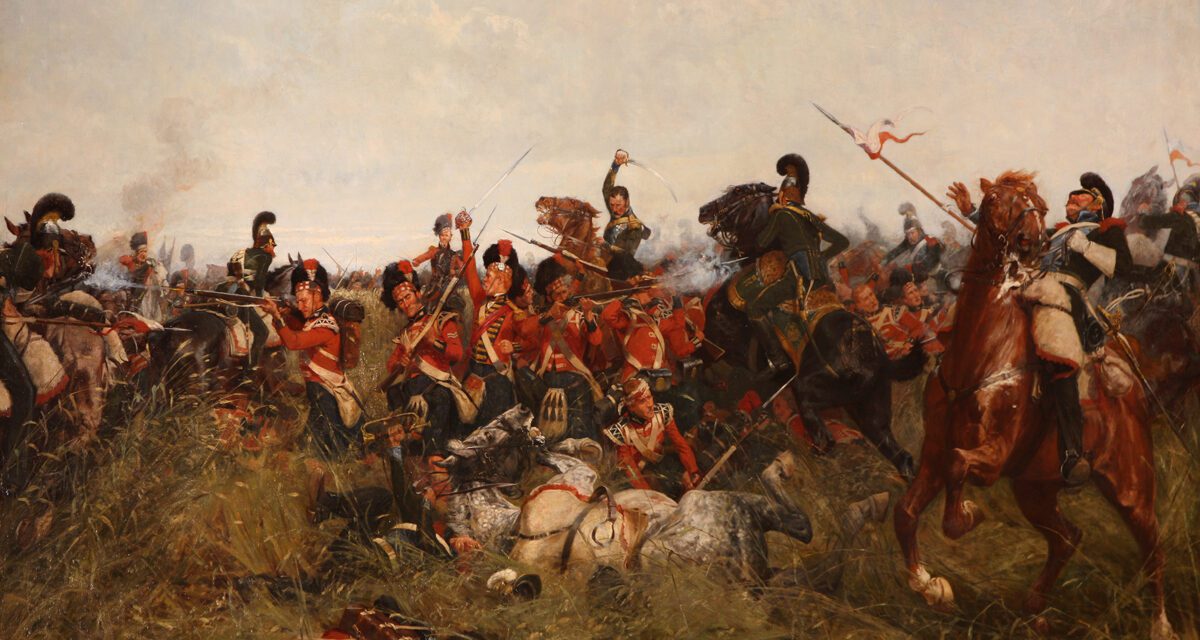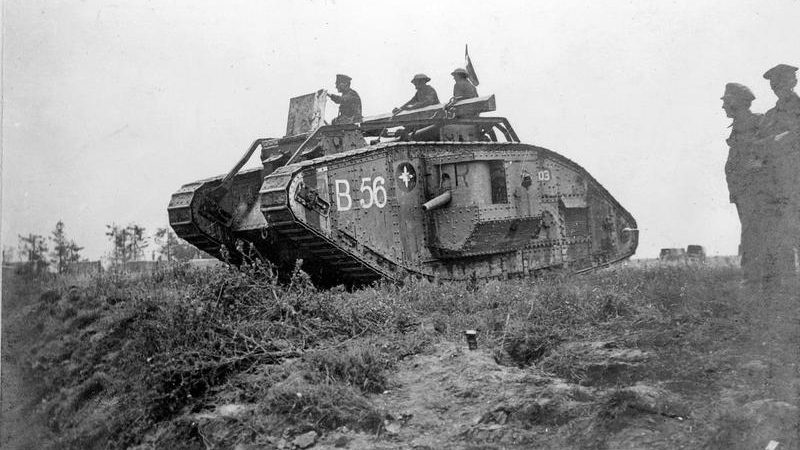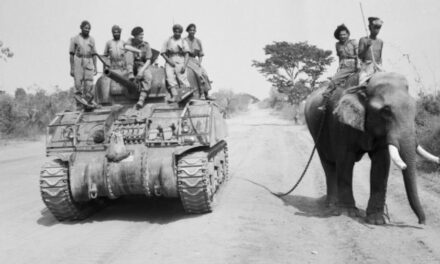History Guild General History Quiz 87
See how your history knowledge stacks up!
Want to know more about any of the questions? Once you’ve finished the quiz click here to learn more.
Have an idea for a question? Suggest it here and we’ll include it in a future quiz!
The stories behind the questions
1. The battle of Quatre Bras occurred two days prior to which pivotal battle?
Waterloo – The allied victory at Quatre Bras prevented the French from controlling these strategic crossroads. This in turn slowed down the French advance, thereby allowing Wellington to take a position on the Waterloo battlegrounds. This significantly contributed to the allied victory at Waterloo.
2. When was the Xinhai Revolution, which overthrew the Qing dynasty and established the Republic of China?
1911 – Imperial Qing rule had been weakened by Chinese inability to resist the demands of colonial powers, which had imposed trade and territorial concessions on China. The disastrous Boxer Rebellion, which was crushed by a relatively small number of European and Japanese military forces equipped with modern weapons was the final indignity. This lead to the revolution and removal of the Qing emperor.
3. Where is this ancient building located?

Petra, Jordan – Dating to around 300 B.C., Petra was the capital of the Nabatean Kingdom. Accessed via a narrow canyon called Al Siq, it contains tombs and temples carved into pink sandstone cliffs, earning its nickname, the “Rose City.” The engraving shows the 45m-high Al Khazneh, a temple with an ornate, Greek-style facade, also known as The Treasury.
4. Where was the ‘New Model Army’ successful in overthrowing a Monarch?
England – The ‘New Model Army’ was formed by English Parliament and lead by Oliver Cromwell in their war against King Charles I. It operated under a merit based promotion system within the ranks that allowed for the rapid promotion of those who showed talent and courage. Likewise, those commanders who were found lacking were rapidly demoted.
5. In what year did Charles Darwin publish On the Origin of Species?
1859 – Darwin did much of his fieldwork for this text during his expeditions to the Galápagos Islands on board HMS Beagle 1831-1836.
6. Where did the 1961 Bay of Pigs invasion take place?
Cuba – The CIA planned an invasion of Cuba by Cuban exiles, armed by the USA. The invasion turned into a disaster for the attackers and a significant diplomatic failure for the USA.
7. What proportion of US banks failed during the 1929-1933 Great Depression?
30% – More than nine thousand banks failed in the US during the great depression, with each failed bank contributing to the failure of others.
8. What caused the failure of the second Spanish Armada of 1596?
Storms struck the fleet off Cape Finisterre – 43 of the approximately 130 Spanish ships were sunk in the storms, with over 5,000 men killed. The Spanish fleet was unable to reform and returned to Lisbon. The English fleet only encountered one small Spanish warship, which they captured.
9. In 1543 who published On the Revolutions of the Celestial Spheres which explained that the Earth orbits around the Sun?
Nicolaus Copernicus – Copernicus was a Polish mathematician, astronomer, physician, classics scholar, translator, governor, diplomat, and economist. The Catholic Church placed it on the Index of Forbidden Books, stating ‘This Holy Congregation has also learned about the spreading and acceptance by many of the false Pythagorean doctrine, altogether contrary to the Holy Scripture, that the earth moves and the sun is motionless… Therefore, in order that this opinion may not creep any further to the prejudice of Catholic truth, the Congregation has decided that the books by Nicolaus Copernicus be suspended until corrected.’
10. Which Aztec emperor did the Spanish conquistador Hernán Cortés hold prisoner?
Montezuma II – During his reign, the Aztec Empire reached its greatest size, due to significant military conquests by Montezuma. When the Spanish arrived Montezuma brought Cortés to his palace where the Spaniards lived as his guests for several months. Montezuma continued to govern his empire and even undertook conquests of new territory during the Spaniards’ stay at Tenochtitlán. The Spanish then captured Montezuma and held him hostage. Eventually he was killed, with conflicting accounts of the circumstances. Two other Aztec rulers succeeded Moctezuma after his death, but their reigns were short-lived and the empire quickly collapsed under them.





